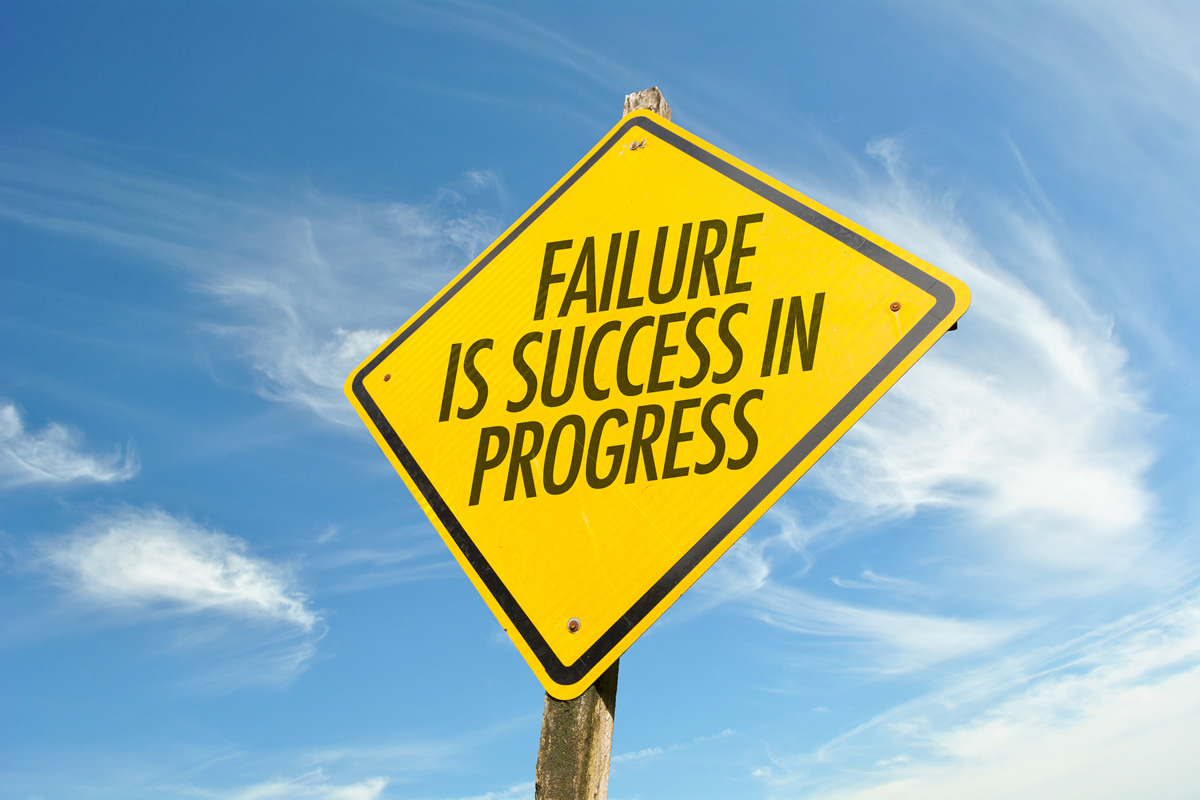5 Challenges for Lean Implementation will help explain the reasons why Lean may be failing on your construction jobsite. Lean expert and author Keyan Zandy explains.
5 Challenges for Lean Implementation – 5 Reasons Lean Is Failing on Your Jobsite
I’ve made many mistakes on my Lean journey, but the most considerable detour has involved leveraging Lean as a set of tools vs. leveraging Lean as a culture. As my role on projects has progressed, I’ve stumbled in other ways, such as enforcing processes rather than outcomes and requiring compliance to a fault, even above commitment. As I’ve continued to learn and grow, I can share that the best way to foster a Lean culture on the jobsite is by engaging with the men and women who do the work in the field, celebrating them for what they do well, and empowering them to be a part of the changed mindset versus having it enforced upon them. If you are on your journey and feel that Lean is failing you and your team, please make sure you haven’t dropped into any of the pitfalls listed below.
1. No Support from The Top
One of the worst Lean killers is not having support from the top. On large projects, I’ve seen senior superintendents go out of their way to ensure that communication was siloed with all information filtering through them. Without the top person’s full support on the construction site, Lean efforts will never fully realize their maximum potential. Lean requires field leaders to be unyielding in the pursuit of the elimination of waste and continuous improvement. If you are on a jobsite in a situation described, you must understand that many in our industry are resistant to change. Fear of not being in control or having the skill set can lead to this resistance. Some ways you can help a leader shift their mindset and provide support include treating them with respect, earning their trust, help them see the gaps, and be an example in the workflow you can control.
2. Lack of Training
Another shortfall to successful Lean on the jobsite is in not properly training workers. It’s hard to find absolute value in something when you don’t understand it. I’ve seen this rear its head when teams focus on pull planning with disregard to the rest of the Last Planner® System (LPS), or when weekly work planning is done without utilizing percent plan complete to identify root causes of commitments missed. But the biggest miss is not onboarding teams. Onboarding your trade partners provides a way for them to reach standard levels of learning and project understanding. Creating an onboarding presentation or manual for foremen to orient them to the project is a Lean way to get everyone on the same page. This can be done with an introduction of all team members, goals for the project (conditions of satisfaction), review of site logistics, schedule, safety requirements, quality expectations, and Lean construction expectations.
3. Focusing on Tools, not Culture
One of the reasons Joe and I wrote The Lean Builder is that we got tired of watching so many project teams fail with Lean by focusing on tools and not jobsite culture. In many cases, job teams would immediately feel that their trades could jump into the LPS without any regard to the behaviors on the jobsite. Without a focus on creating a culture of trust and transparency, the tools will eventually fail. Equipping last planners to identify the Eight Wastes and understand their root causes is a significant first step towards shifting your jobsite culture. With just a few hours of training, last planners can begin to change the lens in which they see waste on the jobsite, allowing them the awareness to start generating ideas on how to reduce or eliminate each one that comes across their path.
4. Not Keeping Score
An old superintendent told me once, “You can’t get to where you’re going if you don’t know where you’re at.” In order to continuously improve on your jobsite, you must be focused on metrics. Are you measuring percent plan complete, and is commitment reliability improving? If not, why? How about schedule variation? Are you monitoring RFI and submittal review times? Is there a correlation between those metrics with waste occurring in the field? To execute at the highest level, you must make sure you’re keeping score, otherwise you have no idea if your team is progressing with Lean.
5. Thinking There is an End
The beauty of Lean is that it is never complete. It’s a journey, not a destination. It is always focused on learning, sharing, and continuous improvement. Many times, teams will take their foot off the gas when they achieve success. Through not huddling every day, becoming lax on metrics, and not setting new goals, teams that achieve success with Lean can quickly lose what they have gained by abandoning what helped them achieve that success in the first place. Don’t get complacent on the jobsite. Reward a culture of continuous improvement and accountability, allowing anyone to call out those who are not striving to be the best.









